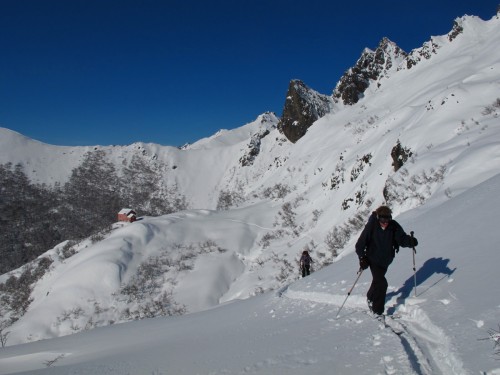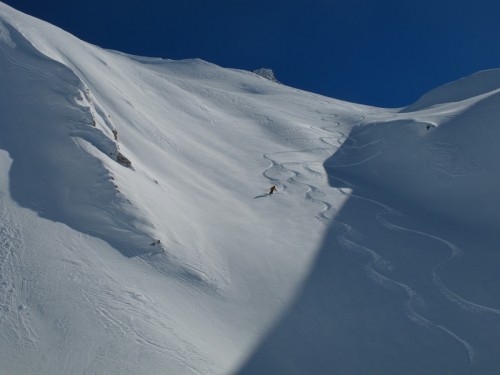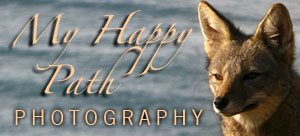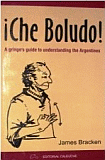July 11th, 2012 Posted in travel | 63 Comments »
Written by Tiara of One Travel
Argentina, the beautiful country of Gauchos, Mate, Asado, Tango, Pampas, and Dulce de leche, is a country waiting to be discovered and appreciated. Bombarded with treasures of pleasures, stunning natural marvels, elegant capital offering European-flavored sophistication, fantastic culture, and typical cuisine that dishes out big steaks of the best meat of the world, Argentina is unlike any place you ever visited. From a sultry street tango on a bustling street in Buenos Aires to the enormous whip-cracking sound of a house-sized chunk of ice falling from a glacier in Patagonia, its a jewel of a place. Perhaps the extreme diversity that the country offers is one reason why people are flocking to this corner of the globe.
Find the top five alluring facts of Argentina below.
Tango
Catch some authentic tango.
Tango is one of the most unique cultural contributions of Argentina to the world culture. It is everywhere in Argentina. The passionate rhythms and true expression created by the tango have had people around the world hooked for well over a century. There is something utterly captivating about the intricacy of the footwork, the dramatic flourish of the music and the smoldering, sexy undercurrent of the dance itself. Avail Tango lessons, Tango shopping, Tango restaurants and the best Tango shows. The tango is a gorgeous symbol of Argentina and to see it in motion is a truly unique and beautiful experience.
Horses in Argentina
Fancy Cowboys?
Ponies have been a part of Argentine culture since gauchos (Argentine cowboys) roamed the expansive fields across the country. A dusty path in the blazing sun in the mountains of central Argentina – and the horses carrying sun-soaked men wearing large round hats with folded edges, their baggy pants straddling the saddle. These are gauchos, Argentina’s answer to North America’s cowboys. As a visitor, you can enjoy the activities by enrolling in polo lessons, visiting the Hippodrome to watch races, or taking a day trip for a ride through the country.
Argentine Wine
Gets Better with age!
Undoubtedly, Argentina is one of the world’s top destinations for wine lovers. It is a rare and special treat to drink a glass of wine in the same city its grape was grown. But it happens here. The Mendoza wine country is amazing with the most spectacular scenery. There’s nothing better than sipping some amazing wine and seeing the Andes mountains so close you feel you could touch them and covered in snow.
Shopping in Palermo Soho
Loosen your purse strings!
Home to markets, outdoor eateries, parks and cobbled lanes full of life, Palermo is a Buenos Aires must. Beautiful boutique shops line the streets of Palermo Soho, a hub of the relentlessly creative design district in Buenos Aires. Be prepared for long strolls interrupted by halting stops to gawk at window designs just this side of fine art. There seems to be a custom shoe store around every corner in Palermo Soho, all filled with amazing designs. Many restaurants have daily lunch specials on their open-air terraces - try El Manto on Costa Rica. guiaoleo.com.ar has the best dining options in Buenos Aires.
The Steaks in Argentina
Beef. It’s what’s for dinner.
Argentinian beef has become world famous specialty. It’s no secret that Argentina consume an inordinate amount of meat They love it and know it well. What makes Argentine steaks so tasty? The cows are healthier and, so it is said, the beef tastier. It comes from the cows that graze on nutrient rich river basin soil from the Rio De Plate. Make sure you don’t miss the chance to try a traditional ‘Asado’ where the excellent quality meat is grilled to perfection and the natural flavors are unforgettable. No doubt Argentina has the world’s second highest consumption rate of beef, with yearly consumption at 55 kg per head.
Come, fall head over heels in love with this large, elongated country in the southern part of South America.
Available great travel deals & book cheap flights to Argentina, Flights to Boston, New York city, London at OneTravel.com.




 Photo courtesy of
Photo courtesy of 
























